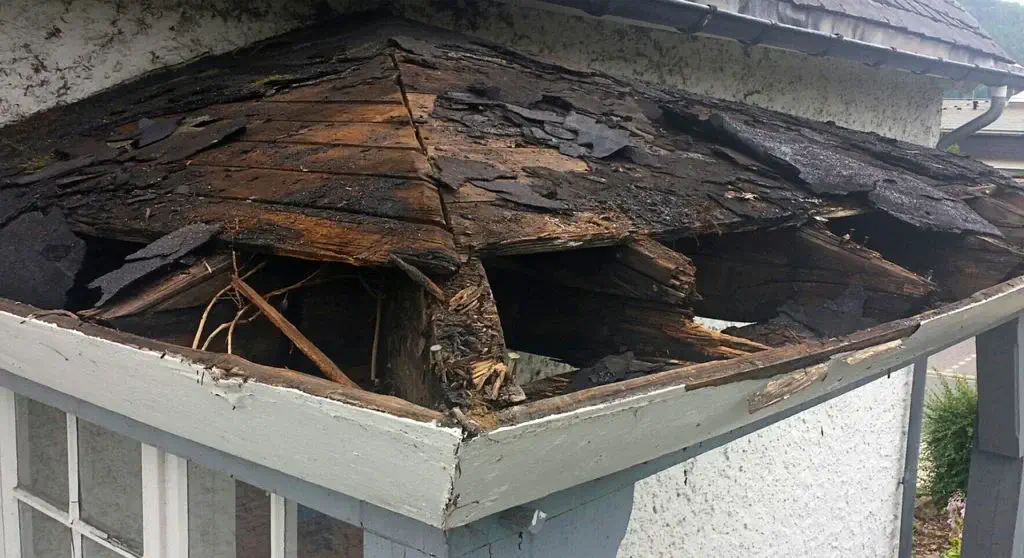Ignoring Wood Rot? Here’s Why It’s a Costly and Dangerous Mistake
Wood rot is a common but often overlooked issue that can silently destroy the structural integrity of a home. Caused by excess moisture and fungal growth, wood rot weakens wooden surfaces, making them brittle, soft, and prone to breaking. While it may start as a minor discoloration or a soft patch, ignoring wood rot allows it to spread rapidly, compromising support beams, flooring, walls, and even the foundation.
What may seem like a small, harmless issue can quickly escalate into serious structural damage, leading to safety hazards, expensive repairs, and even decreased property value. Ignoring wood rot can result in stairways becoming unstable, decks collapsing, and moisture seeping into the home, creating the perfect environment for mold growth and pest infestations.
The key to preventing extensive and costly damage is timely detection and repair. Catching wood rot early and taking immediate action can save homeowners from major renovations, ensuring their home remains safe, strong, and structurally sound. In this guide, we’ll discuss the risks of ignoring wood rot, how it spreads, and why prompt repair is the smartest investment you can make for your home.
How Wood Rot Develops
Wood rot is caused by a combination of moisture and fungi, which break down wood fibers over time. When wood is exposed to constant dampness, it creates the perfect environment for fungal spores to grow and spread.
Common causes of wood rot include leaky pipes, poor drainage, inadequate ventilation, and improperly sealed wood. Areas like basements, attics, decks, and siding are especially vulnerable due to frequent moisture exposure.
If left untreated, wood rot spreads quickly, weakening structures and making repairs more expensive. What starts as a small patch of decay can affect entire beams, walls, or flooring within months. Ignoring wood rot only accelerates the damage, making early detection and repair crucial.
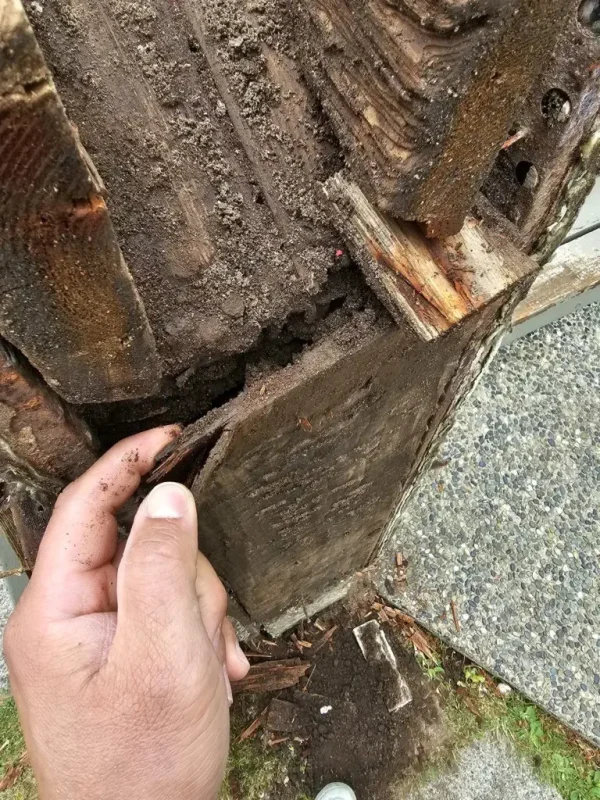
Structural Risks of Ignoring Wood Rot
Ignoring wood rot can lead to serious structural damage, weakening essential parts of your home. Over time, what starts as a small patch of decay can compromise stability and safety, requiring expensive repairs or even complete replacements.
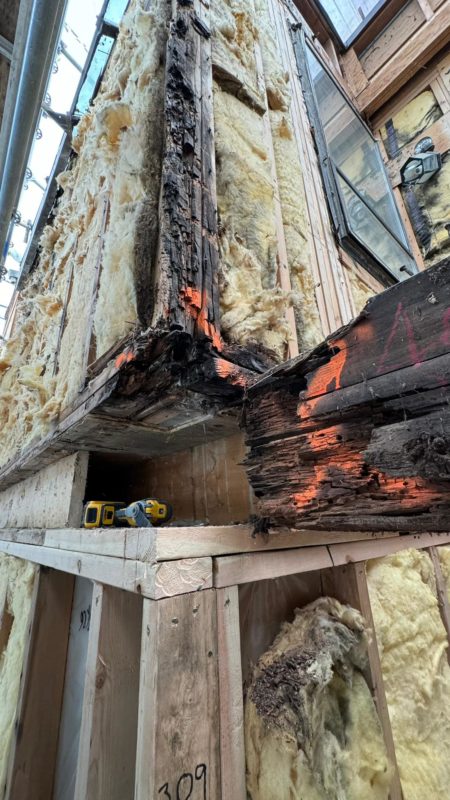
Weakened Support Beams & Framing
Wood rot weakens load-bearing beams, joists, and framing, making your home’s structure unstable. As the rot spreads, these critical components lose their strength, leading to sagging floors, wall shifts, or foundation issues.
Deck & Stairway Instability
Outdoor structures like decks, porches, and staircases are particularly vulnerable when ignoring wood rot. Constant exposure to moisture accelerates decay, and weakened boards or railings can collapse unexpectedly, posing serious safety risks.
Roof & Ceiling Damage
If wood rot spreads to your roof supports or attic beams, it can lead to leaks, sagging ceilings, and structural failure. Water intrusion from a compromised roof can also cause mold growth, further damaging your home’s interior.
Safety Hazards Caused by Wood Rot
Beyond structural damage, ignoring wood rot creates serious safety risks for homeowners. Weak, decaying wood can cause unexpected accidents, health hazards, and even pest infestations that worsen the problem over time.
Increased Risk of Falls & Injuries
Rotted wood weakens floors, stairs, and decks, making them unstable and dangerous. A soft or brittle surface can break under pressure, increasing the risk of trips, falls, and serious injuries. This is especially dangerous in high-traffic areas or outdoor structures.
Mold & Mildew Growth
One of the biggest dangers of ignoring wood rot is the moisture buildup that fuels mold and mildew growth. Mold spores can spread throughout your home, worsening indoor air quality and causing respiratory issues, allergies, and other health concerns.
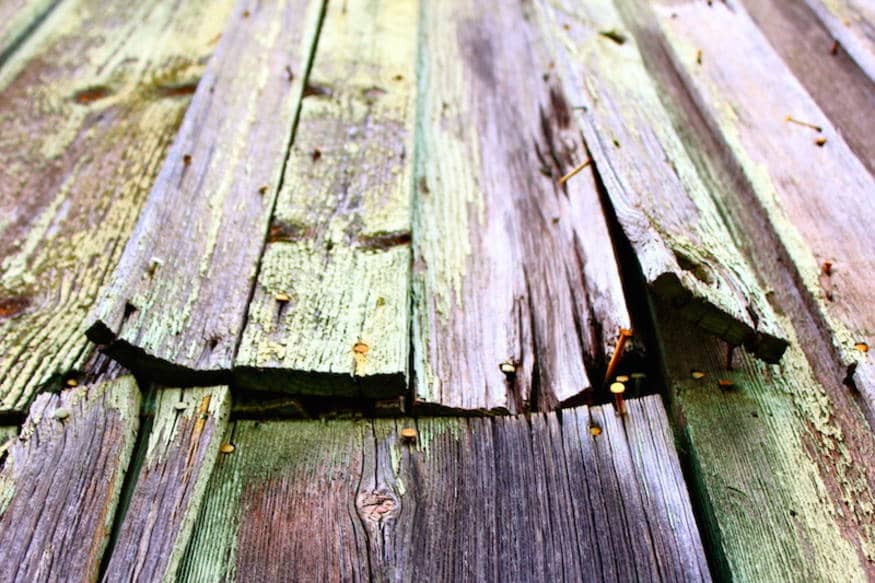
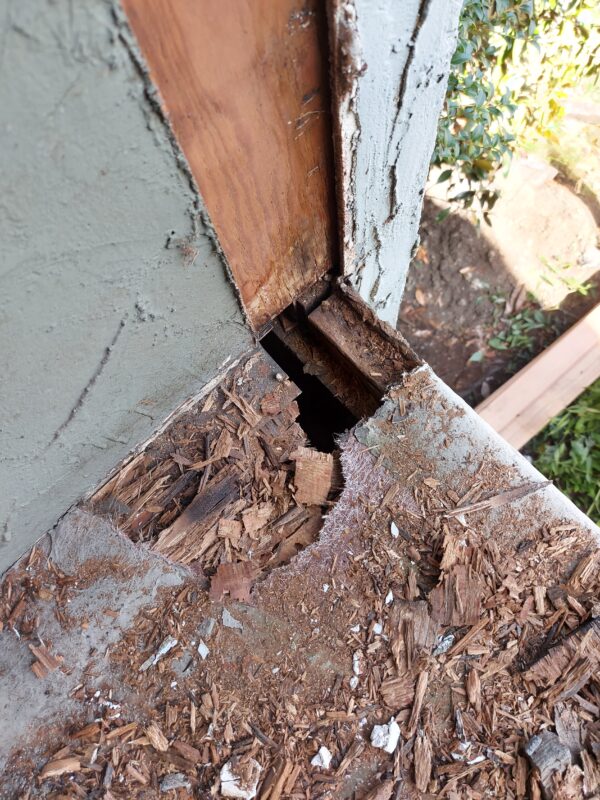
Pest Infestations
Decaying wood attracts pests such as termites, carpenter ants, and wood-boring beetles. These insects further compromise the structural integrity of your home by burrowing into weakened wood. According to the University of California’s Integrated Pest Management Program, wood-destroying insects can hollow out timbers, leaving only a deceptive outer shell.
Addressing wood rot promptly is essential to maintain a safe living environment and prevent these associated hazards.
Financial Consequences of Delayed Rot Repair
Ignoring wood rot doesn’t just put your home’s structure at risk—it can also lead to major financial setbacks. What starts as a small repair can quickly escalate into costly replacements, lower property value, and even insurance complications.
Small Repairs Turning Into Expensive Replacements
A minor patch of rot may seem harmless, but over time, it spreads and weakens surrounding areas, requiring large-scale repairs. What could have been a simple fix may turn into replacing entire sections of your home’s structure—costing thousands of dollars. Addressing rot early saves money and prevents further deterioration.
Lower Property Value
Home inspectors and potential buyers look for signs of wood rot, and if they find it, it can significantly lower your home’s market value. Rotted wood signals poor maintenance, making buyers hesitant or leading to costly negotiations. A well-maintained home holds its value better, making early repairs a smart investment.
Insurance Issues
Many homeowner insurance policies do not cover damage caused by neglect, including wood rot that has been ignored over time. If an insurance adjuster determines that rot damage could have been prevented with proper maintenance, you may be left covering the repair costs yourself. Staying proactive with timely rot repair can help protect both your home and your finances.
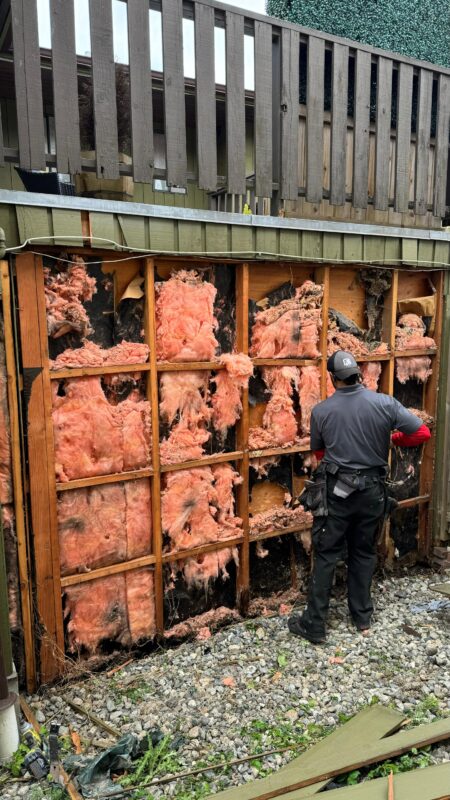
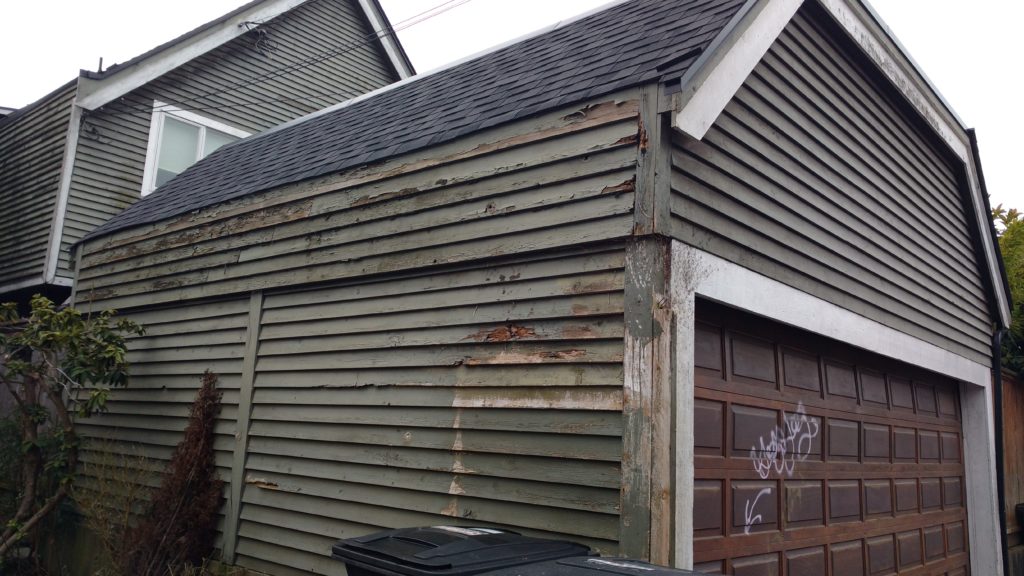
Preventing Wood Rot with Routine Maintenance
The best way to avoid costly repairs and structural damage is by preventing wood rot before it starts. Regular maintenance and moisture control can help keep your home safe from decay, saving you time and money in the long run.
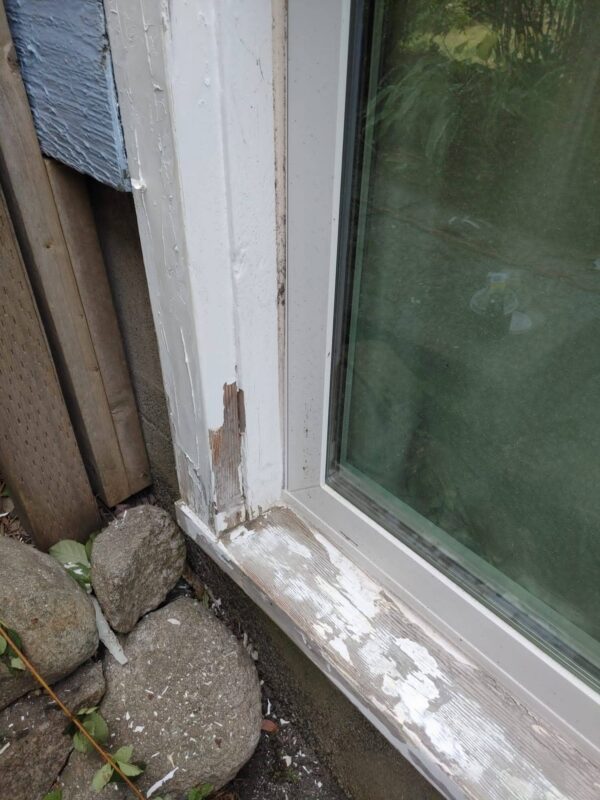
Conduct Regular Home Inspections
One of the most effective ways to avoid ignoring wood rot is through frequent inspections. Check window frames, door trims, decks, and basements for soft, spongy, or discolored wood. Catching minor rot early can prevent it from spreading and requiring expensive repairs.
Control Moisture with Proper Ventilation
Excess moisture is a leading cause of wood decay, and ignoring wood rot often means overlooking water damage. Improve airflow in crawl spaces, attics, and basements by using dehumidifiers or adding ventilation. Fix plumbing leaks, clear gutters, and ensure proper drainage to prevent moisture buildup that encourages rot.
Seal, Paint, and Maintain Wood Surfaces
Protecting exposed wood is essential in preventing wood rot from becoming a costly problem. Regularly seal and paint decks, siding, and trim to create a barrier against moisture. Using high-quality waterproof coatings extends the life of your home’s wooden structures.
Protecting exposed wood is essential in preventing wood rot from becoming a costly problem. Regularly seal and paint decks, siding, and trim to create a barrier against moisture. Using high-quality waterproof coatings extends the life of your home’s wooden structures.
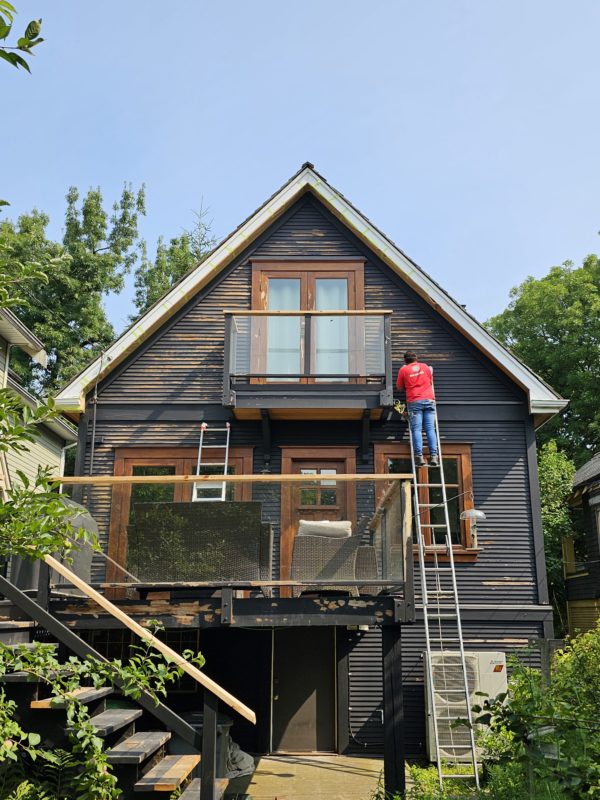
Ignoring wood rot can lead to serious structural damage, costly repairs, and safety hazards. What starts as a small patch of decay can quickly spread, weakening support beams, decks, and roofing while creating the perfect conditions for mold growth and pest infestations. The longer the issue is left unaddressed, the more expensive and complicated the repairs become.
The key to avoiding these problems is early detection and proactive maintenance. Regularly inspecting your home, controlling moisture levels, and sealing exposed wood can help prevent wood rot before it becomes a major issue. Taking these steps not only preserves your home’s integrity but also protects its value, safety, and long-term durability.

Don’t wait until it’s too late! If you’ve spotted signs of rot or suspect wood damage, contact Argenta Restoration Ltd. today. Our expert team specializes in rot repair and wood restoration, ensuring your home stays strong, secure, and rot-free. Schedule your consultation now and prevent further damage before it’s too late!

